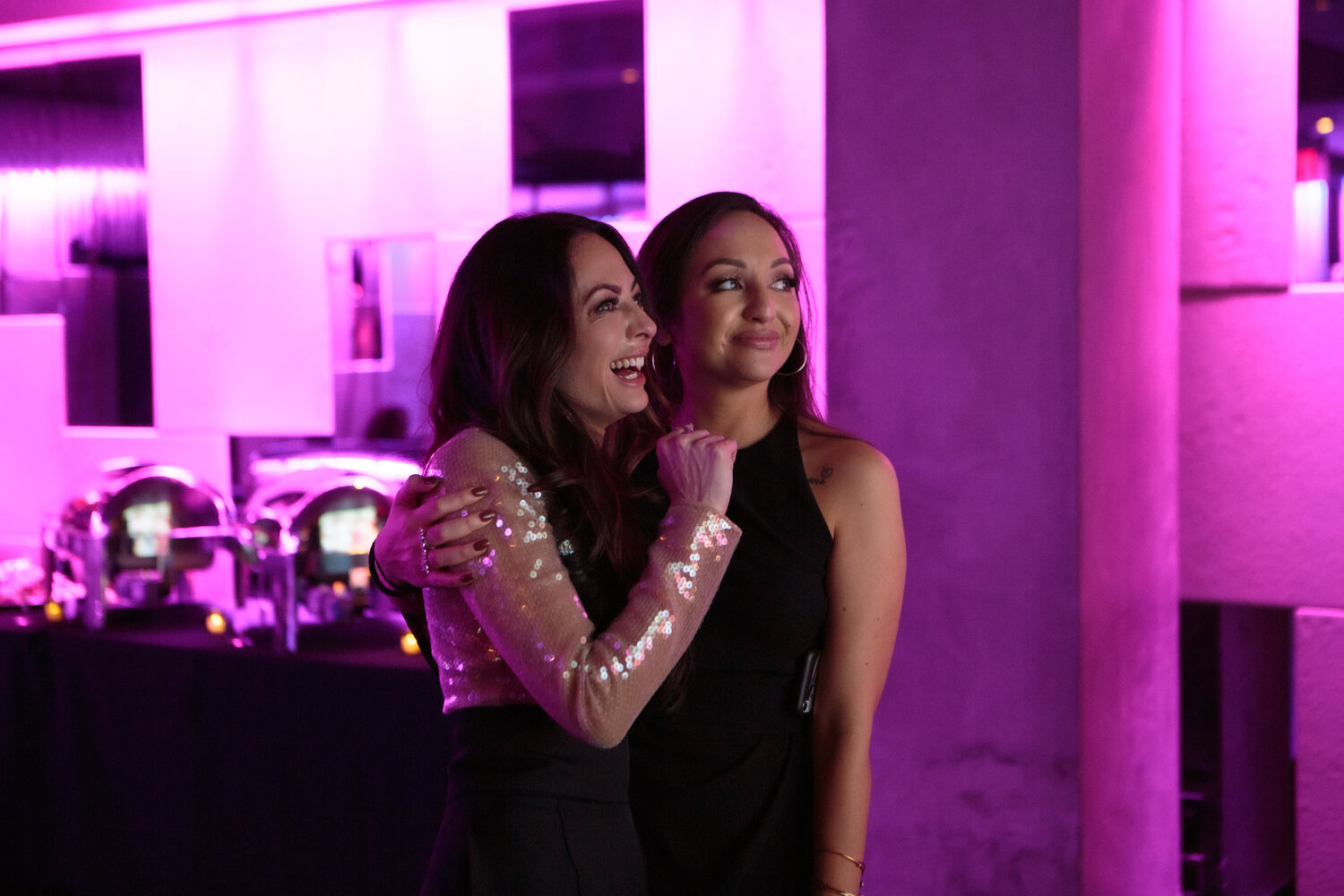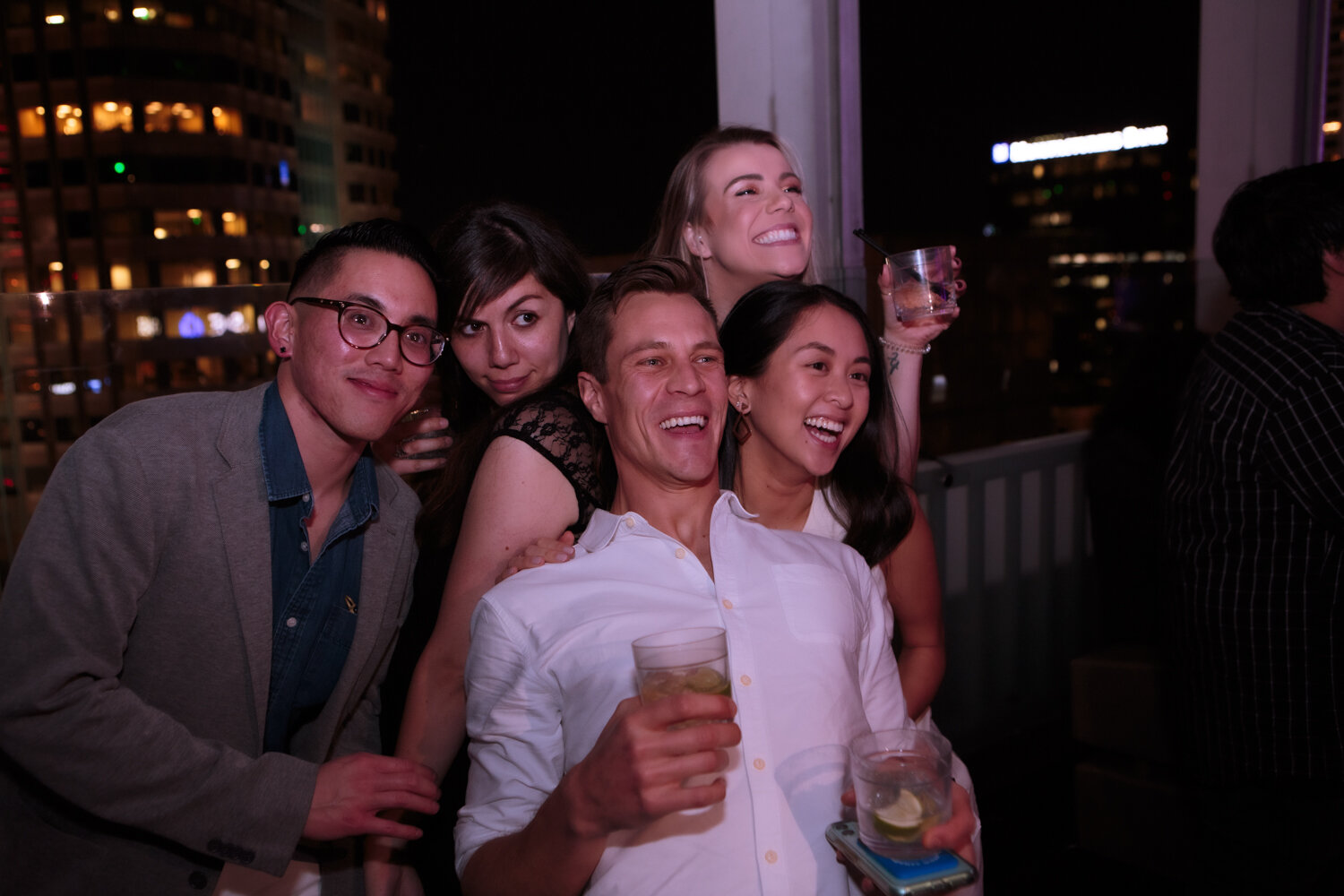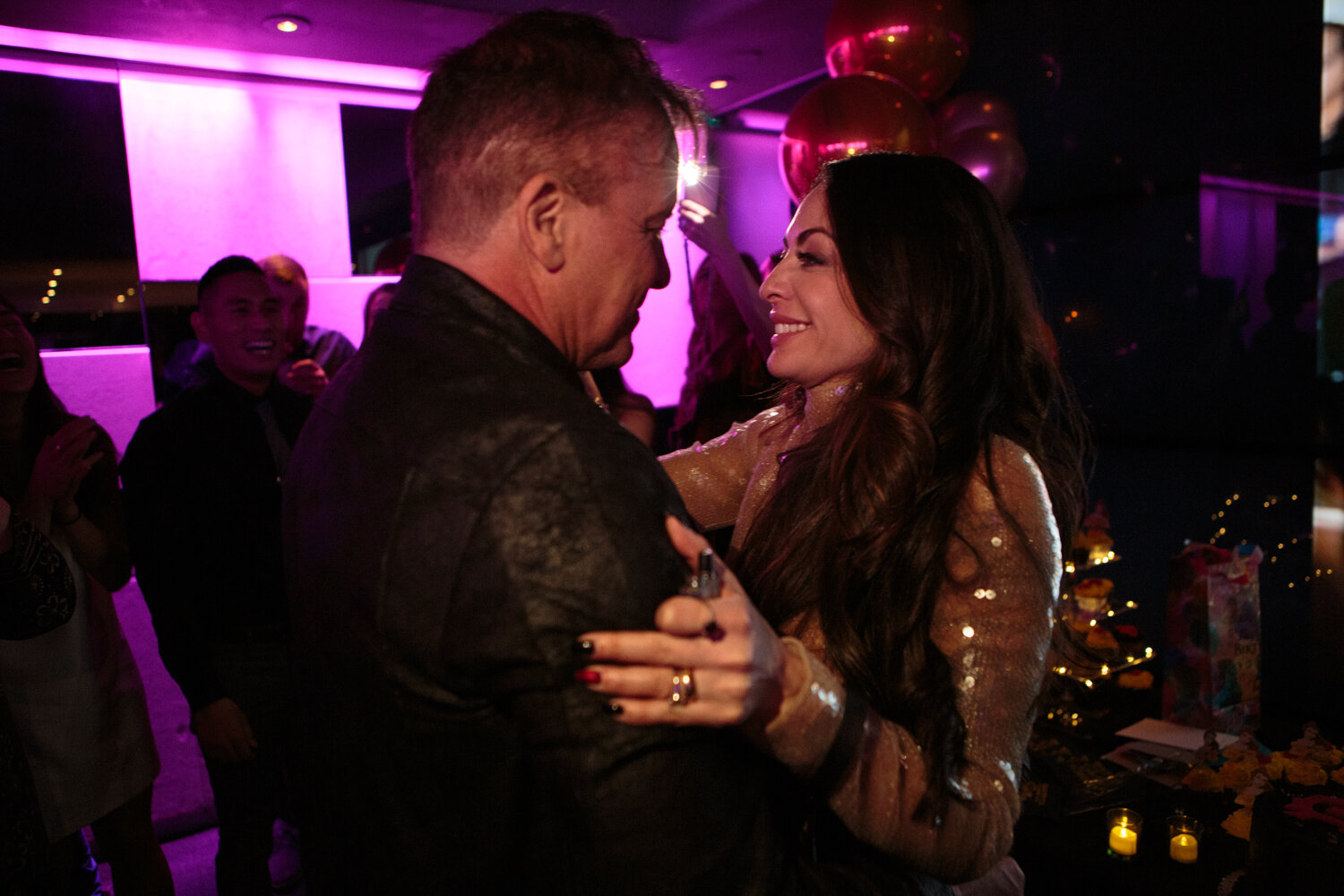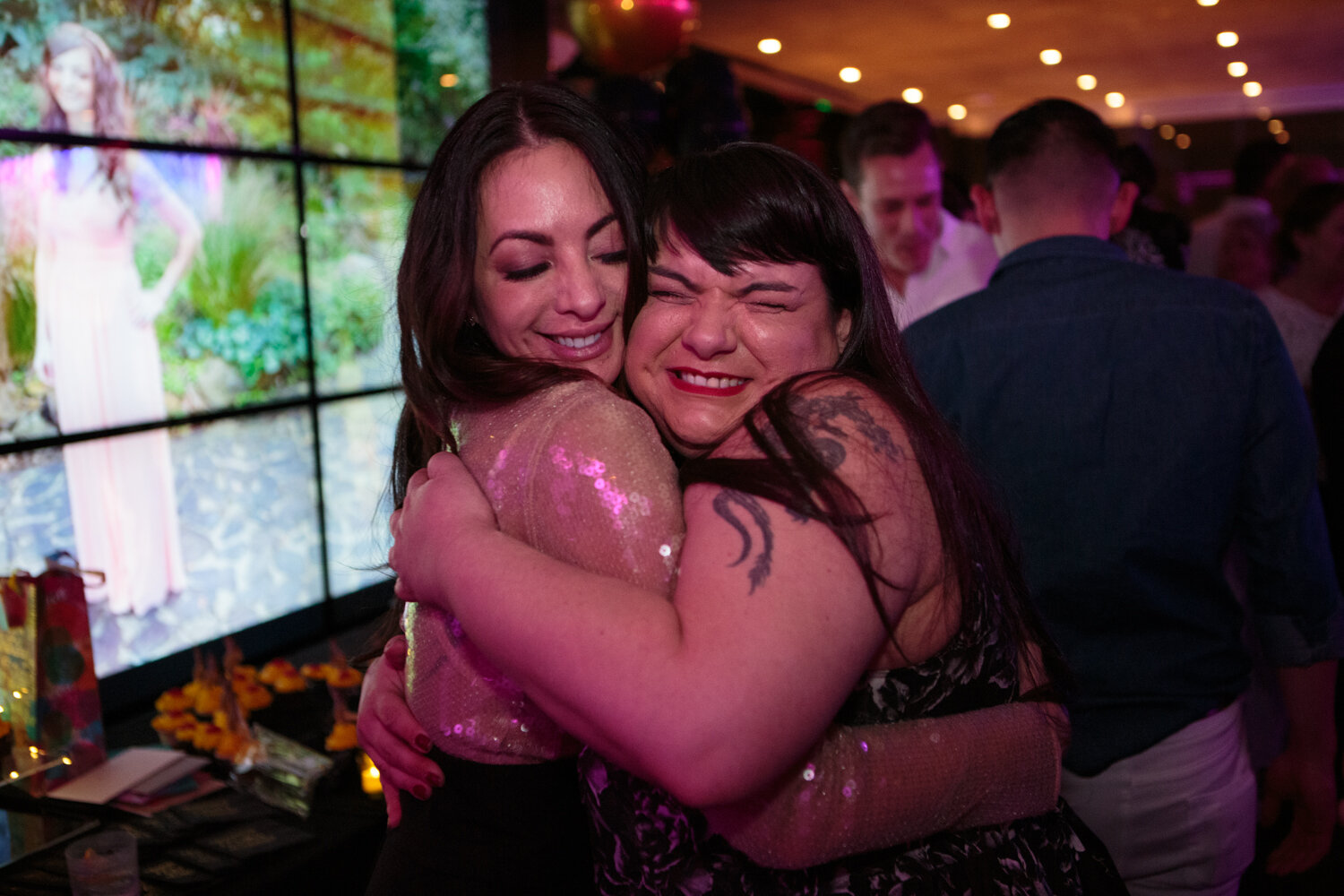I hope you find these event photography tips helpful. They are based on over 10 years of professional experience as a leading event photographer in Los Angeles. These event photography tips and tricks have mostly been developed through practice and developing habits, but I also spend a great deal of time working on my craft. I am always trying to improve my event photography and I hope these help you do the same!
My Conclusions on how to Maximize Your Event Photography Coverage.
Connecting the dots, you can see how all of these tips are used in unison: By staying present, reading the room, and following the energy, I am able to gravitate toward areas of an event in which lots of action is going to happen. By reading people’s eyes, I am able to predict who is about to smile and pre visualize my shot as I move into position, all while pre selecting my autofocus point before the camera hits my eye. By shooting with two eyes open, I am able to time my shot and already know where my next shot is going to be… then I repeat. I spend a lot of time thinking about how I can improve my event photography. It is important to me to always stay engaged with my craft and never settle. This has allowed me to constantly improve at event photography and I hope my tips help you on your own journey.
Event Photography Tip #1 Pre Select Your Focal Point.
When capturing a moment as an event photographer, rather than waiting for the viewfinder to reach your eye, consider where the point of focus will be in your composition and use your controller to set it. With practice this becomes intuitive. Keep in mind, that with evolving technology, this tip may become less or even irrelevant. Sony's eye AF, is a good example of technology that may replace the skill of pre-selecting your autofocus point. Also, as I am currently experimenting with new cameras, I want to mention that the delay in which the viewfinder activates in mirrorless cameras has been a challenge for me, in some cases preventing me from pre-selecting my focus point before looking through the viewfinder.
Event Photography Tip #2 Photograph With Both Eyes.
While one eye frames the shot, use your other eye to monitor the action. This technique improves your timing and you’re able to monitor the space while still framing a potential image. When covering an event, the goal should be to both get as much coverage as possible, but also to make sure each image is a quality one.
Event Photography Tip #3 Read the Room. Follow the Energy.
This is not hocus-pocus. Do not overthink it. Whether at an event or anywhere for that matter, there is always energy. There are plenty of auditory cues that give away where the energy is but there may be things that give it away that you are not even conscious of.
Event Photography Tip #4. Predict Smiles.
Have you learned to follow the energy? Good. Now it's time to predict a smile. watch the eyes and anticipate the pause- that is when you should be making your photograph. Of all my tips, I think your ability to implement this one may largely come down to personality traits. Not everyone will have as easy of a time predicting a smile. I do think that with practice, anyone can improve, but this is a skill highly determined by one's empathy.
Event Photography Tip #5. Time Your Shot Ahead of the Peak of Action.
You have a delay. Your motor skills have a delay. Your camera has a delay. Because of this, it is essential that you time your shot right before the peak of action. This is a tricky one. Of course shooting a burst of shots with a camera with a high FPS would help, but if your goal is to improve on your skills as an event photographer, it’s well worth it to practice this.
Links to see more of my work and throw me your support:
Patreon | https://www.patreon.com/mikmilman
Instagram | @retrograding https://www.instagram.com/retrograding/
Facebook | https://www.facebook.com/mikmilman/
